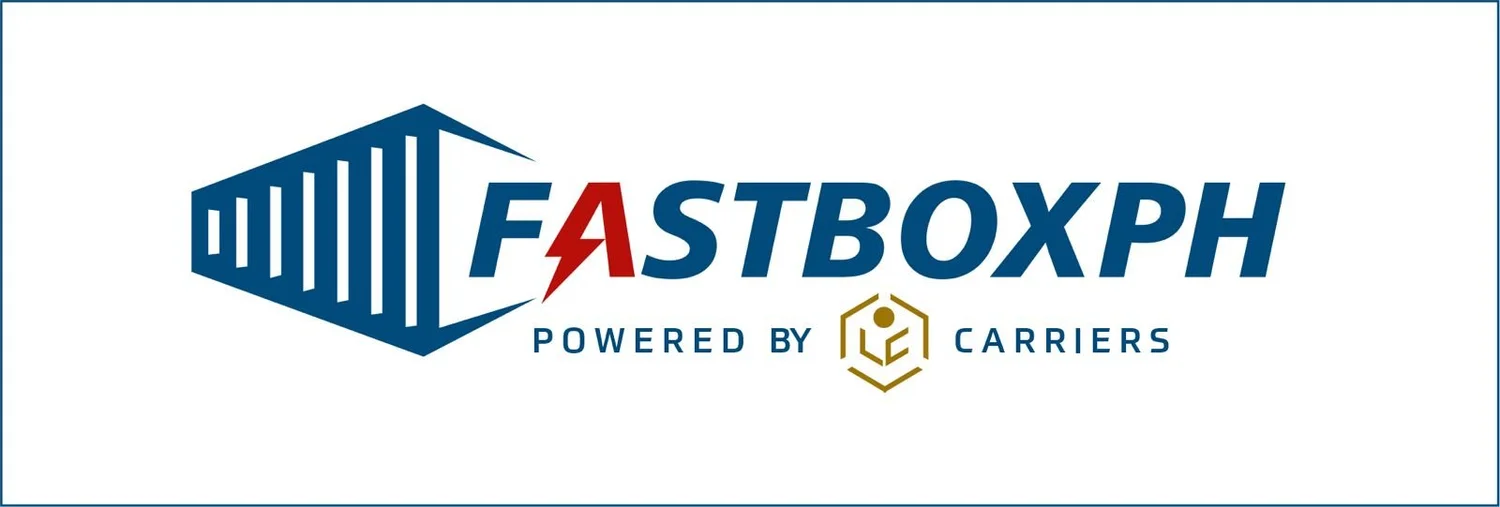Philippine Customs Made Easy: Tips for Shipping From Australia
One of the biggest worries for Filipino importers is clearing Philippine customs. Even if your goods are high-quality and shipped on time, delays at customs can hurt your business. But with the right preparation, clearing customs from Australia to the Philippines can be simple and stress-free. Here’s what you need to know.
1. Understand the Basics of Customs Clearance
When your shipment arrives in the Philippines, it must go through customs inspection before release. Customs officers check the documents, inspect the goods if needed, and calculate the duties and taxes.
Key steps:
Submit all required documents.
Pay applicable duties and taxes.
Await customs release or inspection notice.
2. Prepare the Required Documents
Incomplete or incorrect paperwork is the top reason for delays. Here are the standard documents you’ll need when importing from Australia:
List of documents and their purpose for customs clearance.
3. Know What Duties and Taxes Apply
Customs calculates duties and VAT based on the declared value of your goods. Some products may also be subject to additional excise taxes.
Pro tip:
Use the Philippine Tariff Finder to check rates.
Work with your freight forwarder to estimate costs.
Budget extra for unexpected charges or inspections.
4. Be Ready for Inspections
Sometimes, customs officers may physically inspect your shipment to verify its contents. This is normal and can take additional time.
Tips to minimize inspection delays:
Make sure goods match the declared description.
Avoid undervaluing your shipment — it can raise red flags.
Package your goods properly for easy inspection.
FAQs About Philippine Customs
Q1: How long does customs clearance usually take?
It can take anywhere from 1–5 days, depending on the type of goods and completeness of documents.
Q2: What happens if I can’t pay the duties right away?
Your shipment will remain in the warehouse until payment is made, and storage fees may apply.
Q3: Do I always need an import permit?
Not for all goods — only for restricted or regulated products like food, medicines, or electronics.
Q4: Can I clear customs on my own?
Yes, but it’s much easier and faster to let a licensed customs broker handle it.
Q5: What if my shipment is undervalued?
Customs may impose penalties and re-assess the correct value, delaying release.
5. Work With an Experienced Freight Forwarder
One of the easiest ways to breeze through customs is to partner with a forwarder who knows the process well. At FastboxPh, we handle the paperwork, guide you on permits, and communicate with customs on your behalf.
Final Thoughts: Smooth Customs Starts With Preparation
Customs clearance doesn’t have to be a headache. With the right documents, accurate declarations, and professional support, you can ensure your Australian imports pass through smoothly and quickly.

